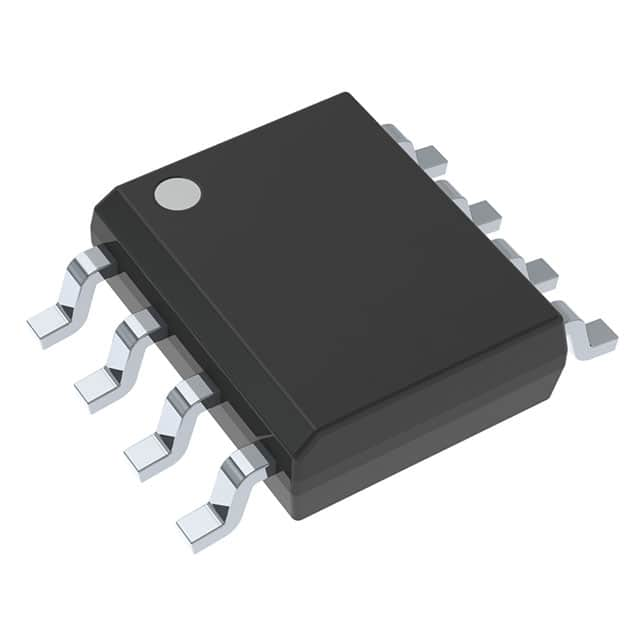Texas Instruments AM26C31CNSR
- AM26C31CNSR
- Texas Instruments
- IC DRIVER 4/0 16SO
- Interface - Drivers, Receivers, Transceivers
- AM26C31CNSR Datasheet
- 16-SOIC (0.209\", 5.30mm Width)
- Tape & Reel (TR)
-
 Lead free / RoHS Compliant
Lead free / RoHS Compliant - 4147
- Spot Inventory / Athorized Dstributor / Factory Excess Stock
- 1 year quality assurance 》
- Click to get rates
| Part Number AM26C31CNSR |
| Category Interface - Drivers, Receivers, Transceivers |
| Manufacturer Texas Instruments |
| Description IC DRIVER 4/0 16SO |
| Package Tape & Reel (TR) |
| Series - |
| Type Driver |
| Voltage - Supply 4.5V ~ 5.5V |
| Operating Temperature 0°C ~ 70°C |
| Mounting Type Surface Mount |
| Package / Case 16-SOIC (0.209\", 5.30mm Width) |
| Supplier Device Package 16-SO |
| Protocol - |
| Data Rate - |
| Number of Drivers/Receivers 4/0 |
| Receiver Hysteresis - |
| Duplex - |
| Package_case 16-SOIC (0.209\", 5.30mm Width) |
AM26C31CNSR Guarantees



• Prompt Responsiveness
• Guaranteed Quality
• Global Access
• Competitive Market Price
• One-Stop support services of supply chain
Jinftry, Your most trustworthy component supplier, welcome to send us the inquiry, thank you!
Do you have any questions about AM26C31CNSR ?
Feel free to contact us:
+86-755-82518276
+8615019224070, annies65, +8615118125813
568248857, 827259012, 316249462
+8615019224070, +8615118118839, +8615118125813
( Email first will be appreciative )
Customer reviews
Texas Instruments

Texas Instruments Incorporated designs and manufactures analog technologies, digital signal processing (DSP) and microcontroller (MCU) semiconductors. TI is a leader in semiconductor solutions for analog and digital embedded and applications processing. A global ...

AM26C31CNSRG4
IC QUAD DIFF LINE DVR 16SO

AM26C31CDBRG4
IC QUAD DIFF LINE DVR 16SO

AM26C31IDRE4
IC QUAD DIFF LINE DVR 16SO

TRS202IDRG4
IC QUAD DIFF LINE DVR 16SO

TRS202EIPWRG4
IC QUAD DIFF LINE DVR 16SO

TRS202EIDWR
IC QUAD DIFF LINE DVR 16SO

MAX202CDWRE4
IC QUAD DIFF LINE DVR 16SO

SN65HVD1050DRG4
IC QUAD DIFF LINE DVR 16SO

















